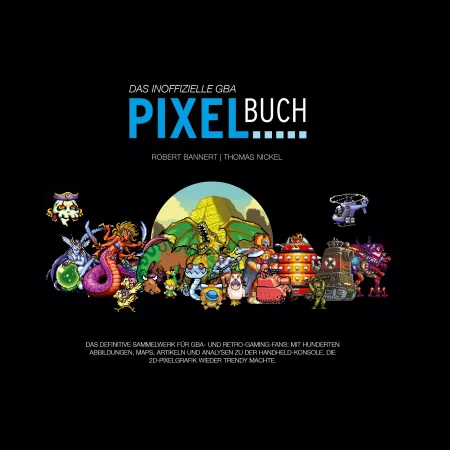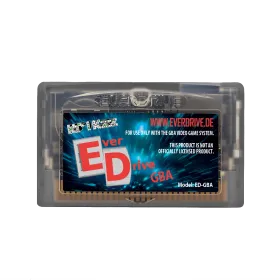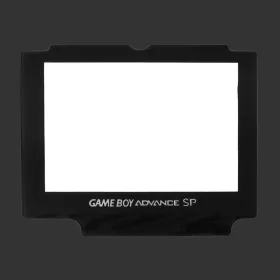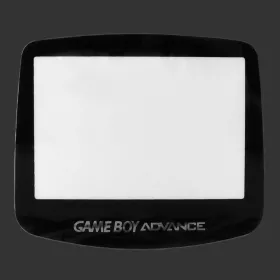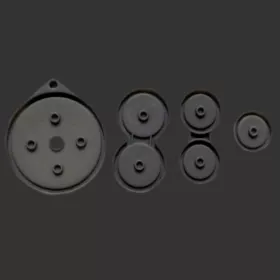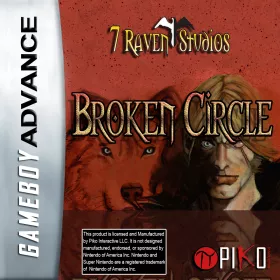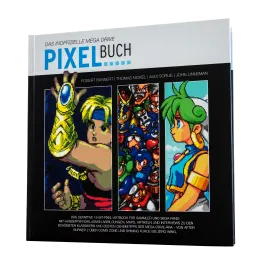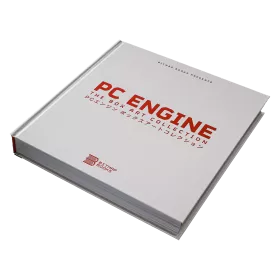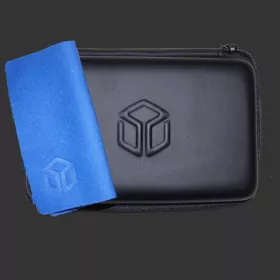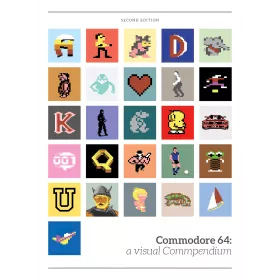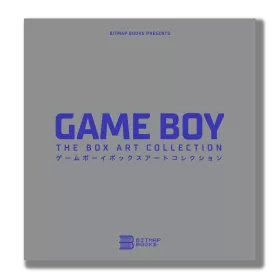Today, retro has long been part of the popular gaming scene - but 20 years ago, enthusiasm for pixel graphics as we know them from the 8- and 16-bit era was by no means considered a matter of course.The early 3D generation had a firm grip on the world of video games: what had begun in 1995 with the first PlayStation had long since replaced our beloved bitmap buddies - the pixel seemed to be giving way to the polygon. With one exception: in the handheld domain, classic 2D graphics are still alive and kicking!
Fueled by the early success of “Pokémon”, the Game Boy, which had almost fallen into oblivion, experienced a second spring and even underwent further hardware iterations. First, the pocket toy was given a long overdue colour makeover - and after the success of the Game Boy Color, it was even given a real successor in 2001: the “Game Boy Advance” became a technically advanced arcade and console cosmos for the pocket, specializing in modern 2D pixel graphics.
He breathes new, portable life into many of our favorite Super Nintendo games - but above all, he gives us plenty of classics of his own: Two “Advance Wars” strategy games, several “Castlevania” and “Metroid” episodes, perhaps the most beautiful 2D “Zelda”, two unforgettable “Golden Sun” role-playing games, beautiful monster tournaments in its own “Pokémon” generation and pixel shooters like “Gunstar Future Heroes” impressively prove that pixel graphics are still fit for the future. And they make the little GBA the world's first true retro memory console: without it, the retro boom of recent years would probably have looked very different - or it would not have happened at all.
It's no wonder that Nintendo's portable pixel wonder bag is the declared favorite pocket game of the two games journalists Robert Bannert and Thomas Nickel:
Having already described and illustrated the 16-bit cosmos with retro books on Super Nintendo and Mega Drive, they now turn their attention to the Game Boy Advance in their third PIXELBUCH.Their “unofficial GBAPIXELBUCH” describes on over 300 pages what perhaps the best handheld generation felt like.
They illustrate the most beautiful and important classics of this mobile gaming era with the help of numerous illustrations and level maps created especially for this book - even more numerous, more detailed and larger than in the first two PIXELBUCHES. Editorially, the concentrated pixel splendor is flanked by numerous classifications, analyses, background reports and a foreword by the well-known German games journalist Heinrich Lenhardt.
The book is in German language.
PB-GBA
1 Item
9783982106137
You might also like



